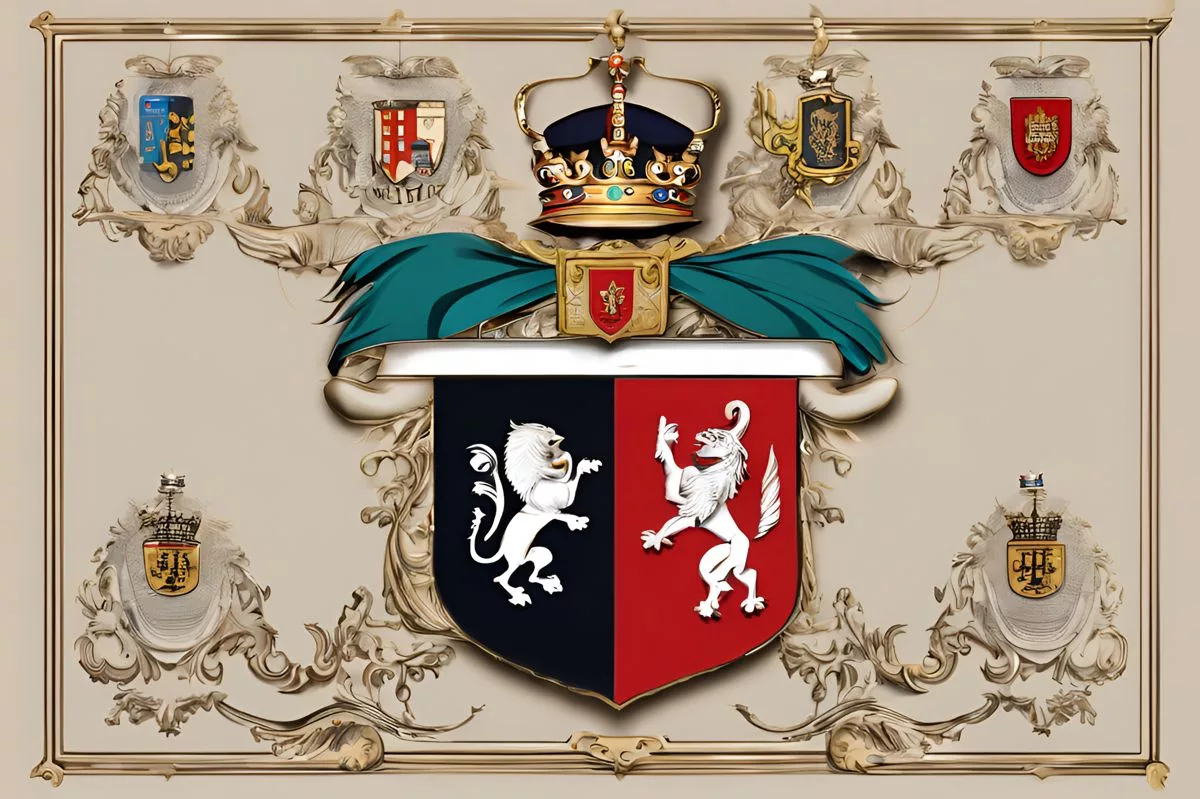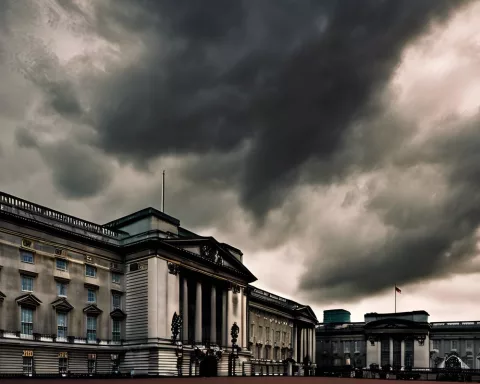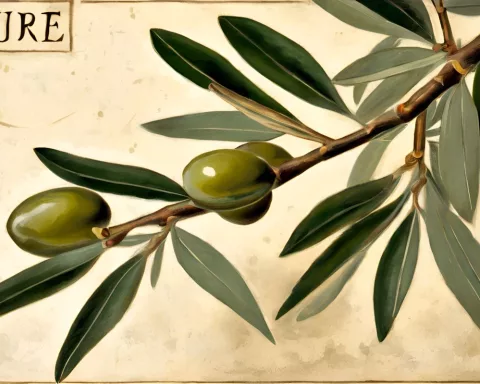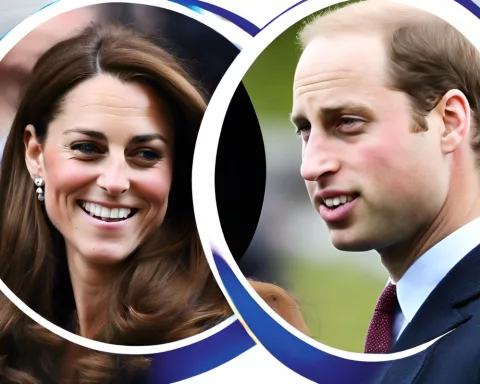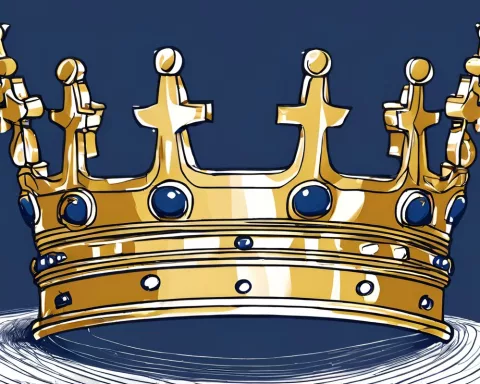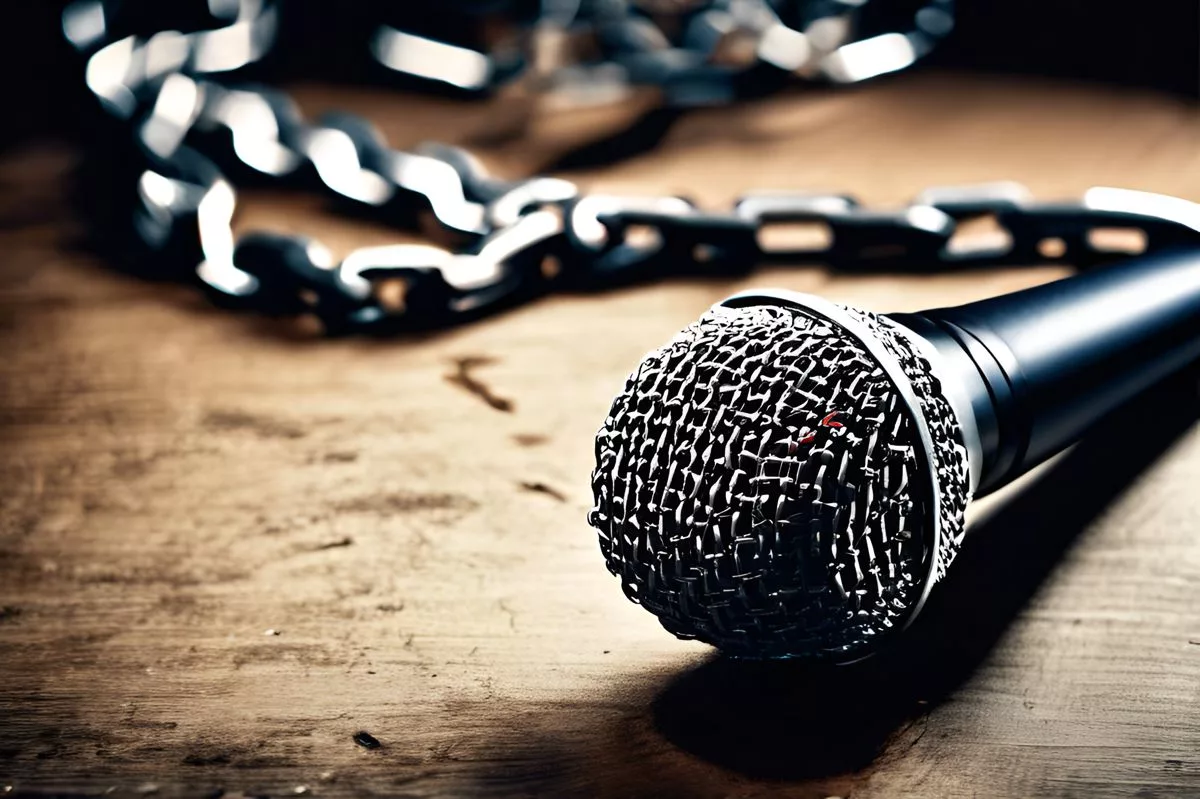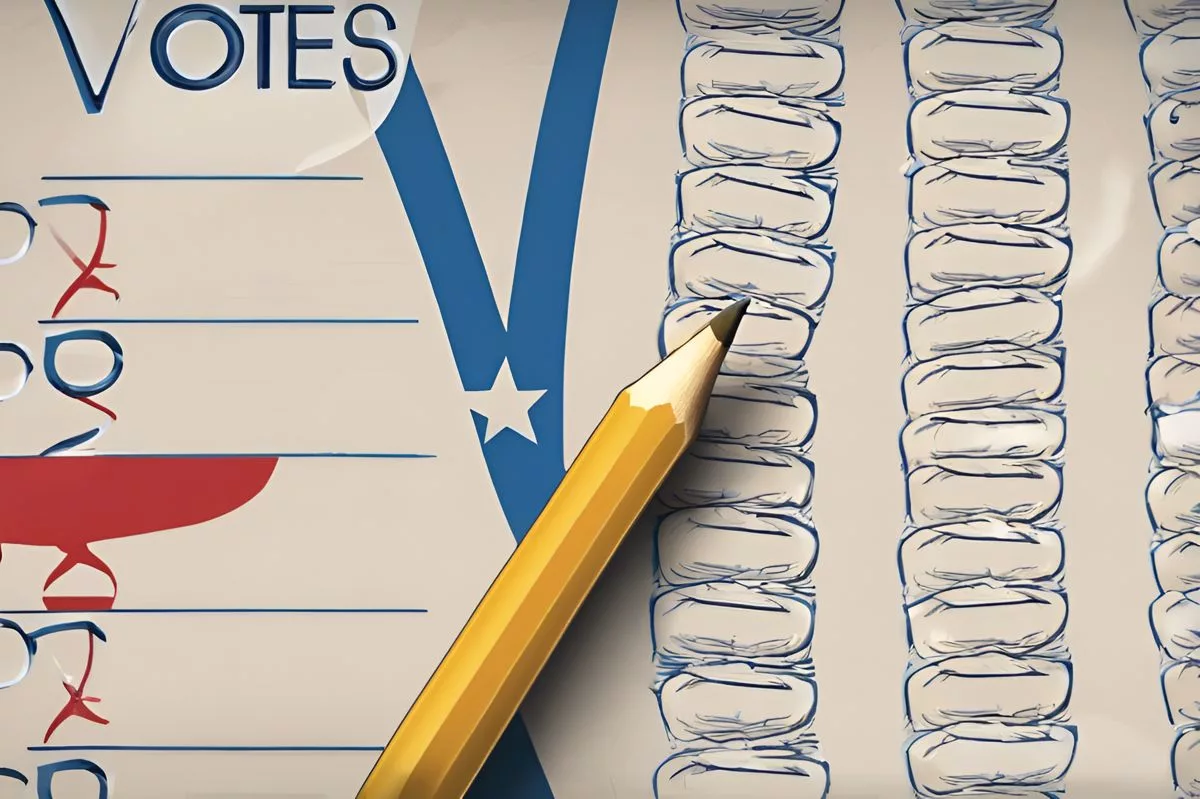Prince Harry and Duchess Meghan Markle have transformed their website, Sussex.com, to showcase a blend of tradition and innovation. The revamped platform reflects their desire to share more personal aspects of their lives while remaining connected to their royal lineage. The inclusion of their royal coat of arms, which features personal touches and symbolism, highlights their ability to balance heritage with individuality. Despite controversy surrounding their rebranding, the couple persists in carving out their own path, one that respects tradition while embracing innovation.
The Sussex Royalty Website Transformation
Prince Harry and Duchess Meghan Markle have revamped their website, Sussex.com, to share more personal aspects of their lives. The website showcases a clever blend of tradition and modernization, including the royal coat of arms, symbolizing their royal lineage, and personal touches that represent their shared history and personal interests. Despite controversy surrounding their rebranding, their innovative branding strategy showcases their determination to carve out their own path while remaining connected to their roots.
The Sussex Royalty Website Transformation
Prince Harry and Duchess Meghan Markle, otherwise known as the Duke and Duchess of Sussex, have mastered the delicate art of leveraging their royal lineage while simultaneously shaping their individual identities. This artful blend of tradition and modernization is evident in their most recent endeavor – the revamping of their website. This undertaking has sparked interest and critique from various sectors.
The duo launched their novel web platform, Sussex.com, as a replacement for the previous site, Archewell.com. This move signifies a symbolic metamorphosis of their brand identity. The underlying rationale for this transition is the couple’s wish to share more intimate aspects of their lives, giving their followers a more personal view.
However, the inception of Sussex.com has not been without controversy. Critics have raised objections, citing the disapproval of the late Queen Elizabeth regarding the use of the “SussexRoyal” brand after they stepped back from their responsibilities as active members of the royal household in 2020. While the couple is allowed to retain their titles for their pursuits, they are expressly prohibited from incorporating “HRH” into any new financial endeavors.
The Delicate Balance of Heritage and Individuality
Unfazed by the controversy, the Duke and Duchess have cleverly embedded aspects of their royal lineage into their new website. This move seems to be a nod to their roots while simultaneously capitalizing on the fascination surrounding their royal links. An example of this is the inclusion of the royal coat of arms, an emblem of their royal ancestry.
The royal coat of arms is a tradition steeped in history where the reigning monarch presents the conjugal Coat of Arms to newly married royal couples. The design is usually a combination of their respective family’s Coat of Arms. The Sussex’s coat of arms is a beautifully designed emblem that incorporates components that represent both the Duke and Duchess, and their shared history and personal interests.
The Duchess, who was instrumental in the creation of the design, worked alongside the College of Arms in London to realize the concept. The emblem features a lion, symbolizing the Duke, alongside a songbird, representing Meghan. Below the shield, the golden poppy, the state flower of California, subtly alludes to Meghan’s American heritage. The wintersweet, which featured on Meghan’s wedding veil, provides the final touch to the emblem – a detailed tribute to their wedding in May 2018.
Tradition Meets Innovation Amidst Controversy
The thoughtful creation and integration of the royal coat of arms into their new website not only express an acceptance and appreciation of their royal heritage but also a deliberate attempt to intertwine tradition with their unique vision. Despite the criticism, the artistic and historical subtleties present in their brand development should not be disregarded.
Regardless of the controversy surrounding their rebranding, the Duke and Duchess persist in steering their course through the turbulent sea of public opinion. Their innovative amalgamation of tradition, personal symbolism, and progressive branding is a testament to their determination to carve out their own path, one that continues to be linked to, yet distinctly different from, their royal lineage.
An Ongoing Saga of Brand Transformation
The ongoing narrative of Prince Harry and Meghan Markle’s brand transformation continues to seize the public’s interest. The scrutiny they face emphasizes the inherent challenges in their endeavors to reshape their public image while remaining connected to their roots. Their journey is not just a testament to their resilience but also their resolution to develop a brand that both respects their lineage and mirrors their progression. Their strategy provides a valuable case study in executing the delicate equilibrium between respecting traditions and adopting innovation.
1. What is Sussex.com?
2. Why did Prince Harry and Duchess Meghan Markle revamp their website?
The couple revamped their website to share more personal aspects of their lives and shape their individual identities while remaining connected to their royal lineage.
3. What is the royal coat of arms, and why is it significant?
The royal coat of arms is an emblem of their royal ancestry. It is traditionally presented by the reigning monarch to newly married royal couples, representing a combination of their respective family’s coat of arms.
4. What personal touches does the royal coat of arms of Prince Harry and Duchess Meghan Markle have?
The Duke and Duchess’s royal coat of arms features a lion, symbolizing the Duke, alongside a songbird, representing Meghan, and a golden poppy, the state flower of California, alluding to Meghan’s American heritage. The wintersweet, which featured on Meghan’s wedding veil, provides the final touch to the emblem.
5. Why is there controversy surrounding Sussex.com?
Some critics have raised objections, citing the disapproval of the late Queen Elizabeth regarding the use of the “SussexRoyal” brand after the couple stepped back from their responsibilities as active members of the royal household in 2020.

